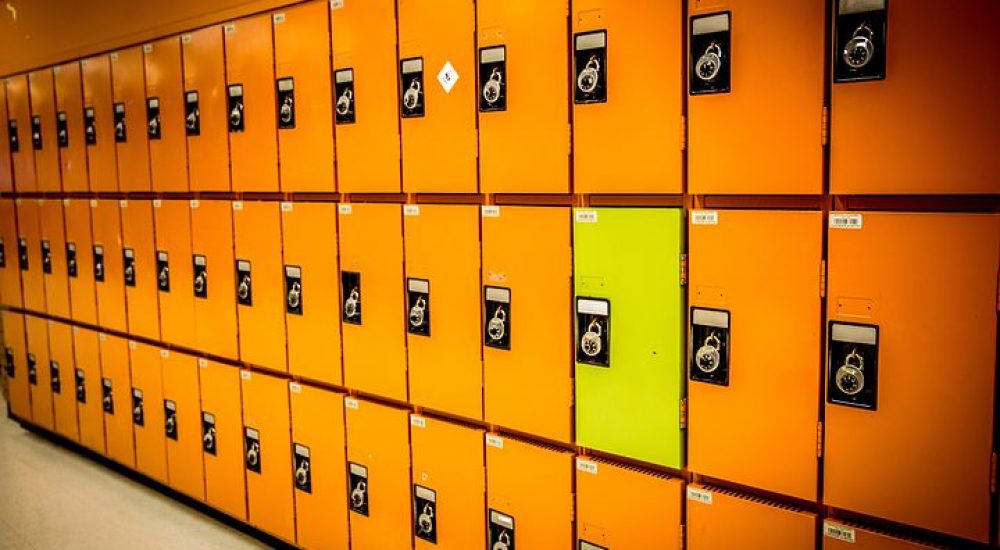Harvard GSE professor Richard Elmore’s recent remarks at May’s Aspen Institute may leave educators feeling a bit disturbed. And that’s exactly what I love about it.
In his 8 minute speech, Elmore begins the conversation with the assertion that he does “not believe in the institutional structure of public schooling… anymore.”
Wait! What? This is coming from a man who has spent over 40 years in the upper echelons of government and academia, advocating for education policy and reshaping of the teaching profession in the United States. Currently, Elmore spends thousands of hours in schools researching and working with teachers and administrators to address instructional improvement. He is also currently serving as the Director of the Doctoral program in Educational Leadership at Harvard. In his remarks in Aspen, Elmore explains that he now views his work in schools as “palliative care for a dying institution.”
When I first heard this, I was filled with simultaneous excitement and relief. I was excited that someone, so important in the industry, finally showed their cards and said something REAL. I was relieved, because it feels like the education industry is fighting so hard to justify one pedagogical approach over another, to define how real learning should be evaluated, and to figure out how to train and retain teachers. With one swoop, I felt like we could let go of all these struggles and look to something bigger.
Elmore goes on to break down how he sees the current and inevitable disconnect between learning and schooling.
He also identifies current school environments to be incompatible with the way students cognitively develop, as informed by current neuroscience research.
He mentions how important networked relationships will be for the new organization model for learning and he leaves us with two big questions:
How will we handle issues of access when learning is no longer associated with the classroom?
How can neuroscience become a part of the way we design learning environments?
Elmore is hinting at a huge existential crisis for the entire education industry.
And here’s why I love it:
Over the years there have been many calls to action to reform public education in America. If you look at the history of public education over the last 50 years, the outcomes expected from the system and the breadth of services has changed dramatically. In the 1980’s, A Nation at Risk was a call to arms for many that we were falling behind in terms of test scores and skills compared to the rest of the world.
Education became about keeping the U.S. as a dominant world power. In the 1990’s Outcome-Based-Models became popular and No Child Left Behind came to sweep us away with promises of improvement. More recently there have been chants, ‘Down with the factory model,’ and yet demands that we measure our teachers’ performance with student test data. There are also promises from the technology industry that iPads, adaptive learning systems, and LMS (learning management systems) will change the game.
At times, these movements can seem exciting, like we have finally identified THE problem and can come up with some solutions.
Hope is just around the corner. However, we have to ask ourselves – even though the metaphors and motivation for school improvement change – are our questions any different? Has the way we think about schools changed? Or are we still trying to fit all the answers into the same school house box? I want to assert that the questions we are asking ARE NOT the right questions. We are fitting new ideas into the same systems of thought. And it’s exhausting.
So, for now I just want to say, AMEN brother Richard, and keep speaking your mind. Bring on the education industry’s existential crisis. I’m with you!
Let’s talk about what real learning looks like, and if we can even come up with a common definition.
Let’s talk about whether schools are the places where kids do their learning. Let’s talk about whether or not they should be. Let’s talk about what our country would look like if schools didn’t exist. What would happen to our industry? What would happen to our practice? How would we do education differently?
It wouldn’t hurt if more of us were shocked into giving our practice a sincerely hard look, to settle into a serious existential crisis. We need to break down the walls of what we originally knew as schooling and start fresh, free of pre-conceived notions.
Educators take notice. We need to start thinking differently about the way we support our kids to learn. We need to start thinking differently about what a ‘school’ is and what its purpose may be. We need to start thinking differently about our country’s commitment to give every child free public education. We need to start thinking differently. Period.
We can begin asking ourselves the question, “What if public education looked like…”?
As I muse over this question, I am eating museli with soy milk.
Author: Christiana Quattrocchi.
